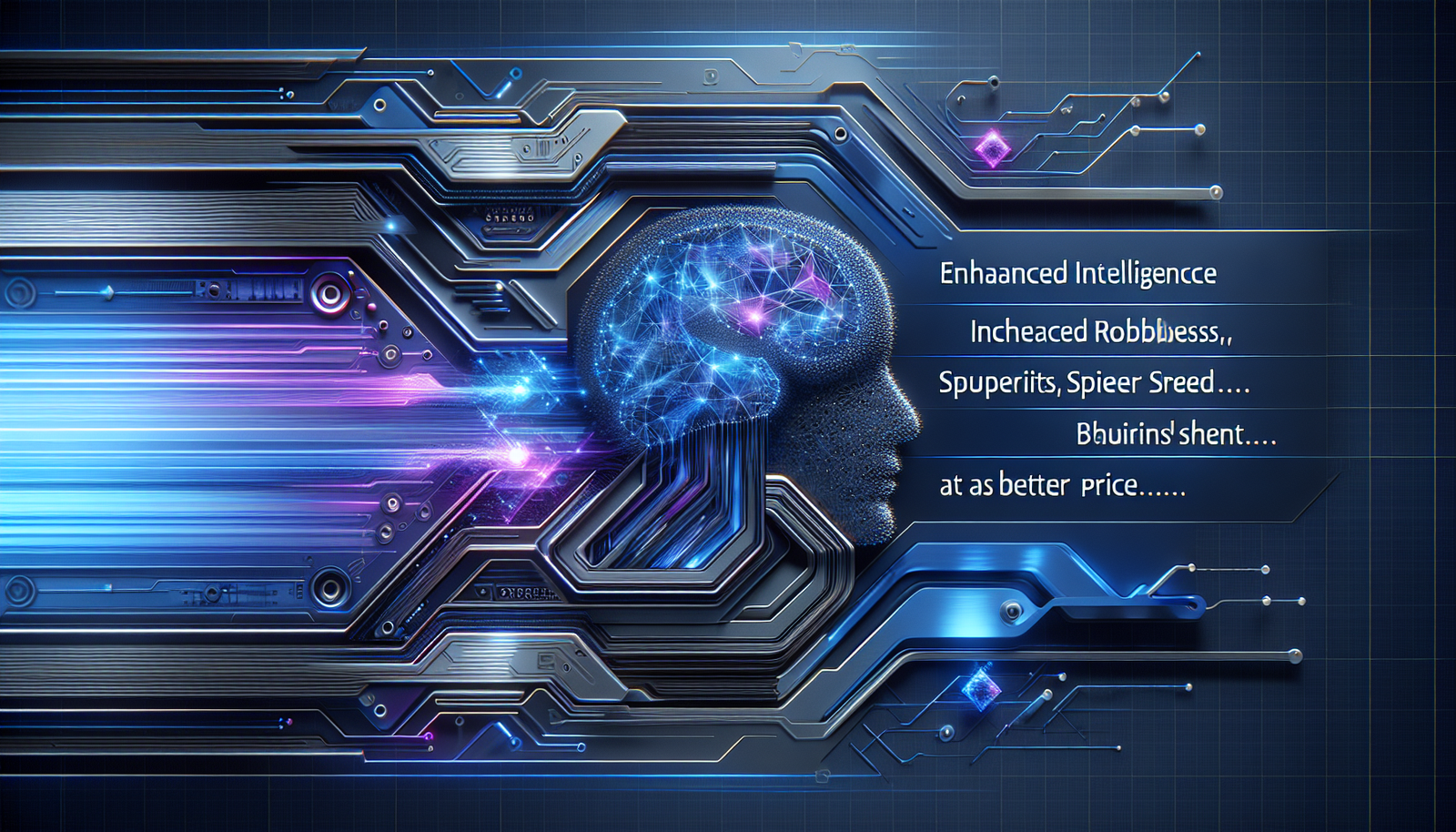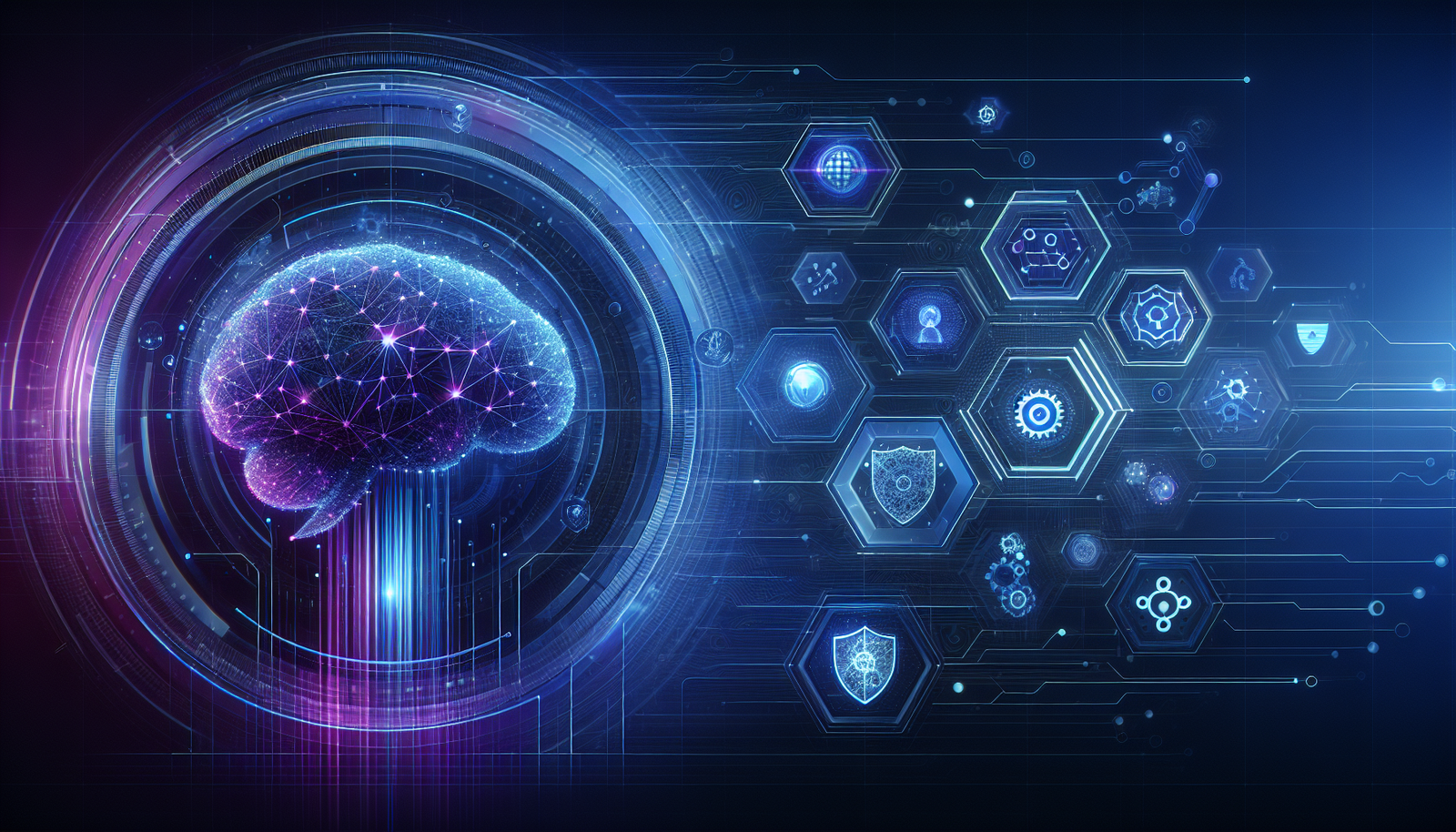OpenAI unveils GPT-4.1, marking a decisive advance in artificial intelligence. This model significantly improves *robustness* and *speed* of processing, while offering an unmatched price. Thanks to its multiple innovations, GPT-4.1 positions itself as an essential tool for developers, *transforming the efficiency* of current AI systems. The extension of the context window and the reduction in usage costs enhance its attractiveness. Businesses and researchers will find in GPT-4.1 an optimal partner for tackling complex challenges.
Introduction to GPT-4.1
OpenAI recently launched GPT-4.1, an improved artificial intelligence model that significantly surpasses its predecessors in terms of performance. This new version comes in three distinct models: GPT-4.1, GPT-4.1 mini, and GPT-4.1 nano. The advanced features of this series demonstrate OpenAI’s commitment to optimizing user experience for developers and professionals.
Accessibility via the API
Unlike previous versions, GPT-4.1 will not be integrated into ChatGPT. OpenAI has decided to concentrate these innovations on its API, thereby reserving this cutting-edge technology primarily for developers and professional applications. With this strategy, the company reinforces the importance of the professional ecosystem at the expense of the general public users.
Remarkable performance
The improvements of GPT-4.1 are particularly due to the extension of the context window, which now reaches 1 million tokens, allowing for better management of complex information. OpenAI states that the model has been trained to ensure greater reliability in spotting relevant information while ignoring superfluous details.
Excellence in coding
The performance in coding is particularly impressive. GPT-4.1 achieves a score of 54.6% on the SWE-bench Verified benchmark, greatly surpassing its predecessors. This capability significantly improves instruction following, with an increase of 10.5 points on the MultiChallenge test. This model proves to be ideal for applications requiring enhanced precision.
Multimodal capabilities
One of the great strengths of GPT-4.1 lies in its multimodal capabilities. This model sets a new threshold with a score of 72.0% on the Video-MME benchmark, demonstrating its ability to answer questions based on videos. The mini and nano versions also excel in image analysis, signaling a significant evolution compared to previous versions.
Optimized latency
OpenAI has made notable advances in terms of latency. The time to first response for a context of 128,000 tokens is about fifteen seconds, while it can reach thirty seconds for a million tokens with the standard version. This speed allows for a smoother and more responsive interaction, essential for many applications.
Business models
A desirable aspect of GPT-4.1 is its cost. With the new main model priced at $2 per million tokens, the entire range stands out for its value for money. The mini model is offered at $0.40, and the nano model becomes the most affordable ever offered by OpenAI, at $0.10 for input. This competitive pricing enhances the attractiveness of these models in the market.
Discount optimization
OpenAI has also increased the discount on prompt caching to 75%, facilitating the economical use of its services. These discounts, combined with superior performance, establish GPT-4.1 as a solution of choice for developers seeking efficiency and profitability in their projects.
Questions and answers about OpenAI presents GPT-4.1
What are the main improvements of GPT-4.1 compared to GPT-4o?
GPT-4.1 brings notable advancements in coding performance, instruction following, and the ability to process long contexts, while offering improved latency. Additionally, the context window has been extended to 1 million tokens, allowing for better data management.
Will GPT-4.1 be available in ChatGPT?
No, GPT-4.1 will not be integrated into ChatGPT. It will only be accessible via OpenAI’s API, primarily targeting developers and the professional ecosystem.
What is the difference between the versions GPT-4.1, GPT-4.1 mini, and GPT-4.1 nano?
The versions GPT-4.1, GPT-4.1 mini, and GPT-4.1 nano vary in terms of cost and capacity. GPT-4.1 is the main version, while GPT-4.1 mini and nano are reduced versions offering even more competitive rates while maintaining solid performance in their respective domains.
What is the cost of using GPT-4.1?
GPT-4.1 has an entry cost of $2 per million tokens and $8 per million tokens for output. For GPT-4.1 mini, the costs are $0.40 for input and $1.60 for output, while GPT-4.1 nano is priced at $0.10 for input and $0.40 for output, making it the most economical model.
What are the coding performances of GPT-4.1?
GPT-4.1 shows superior performance in coding, achieving 54.6% on SWE-bench Verified, surpassing GPT-4o by 21.4 points and GPT-4.5 by 26.6 points, making it an ideal choice for developers.
How does GPT-4.1 handle complex instructions?
GPT-4.1 presents an improvement of 10.5 points on MultiChallenge compared to GPT-4o, allowing it to maintain increased accuracy even when processing complex or lengthy prompts.
How is GPT-4.1 multimodal and what are its applications?
All versions of GPT-4.1 are multimodal, capable of processing text, image, and video inputs, thus facilitating various applications, particularly in visual analysis and multimedia data processing.
What latency improvements have been made to GPT-4.1?
OpenAI has made significant improvements regarding latency, with a time to first response of about fifteen seconds for a context of 128,000 tokens, and up to thirty seconds for a million tokens context.
Why is OpenAI deprecating GPT-4.5 Preview in the API?
GPT-4.5 Preview will be deprecated due to the similar or superior performances of GPT-4.1 on many benchmarks, thus justifying the upgrade to this new model.






